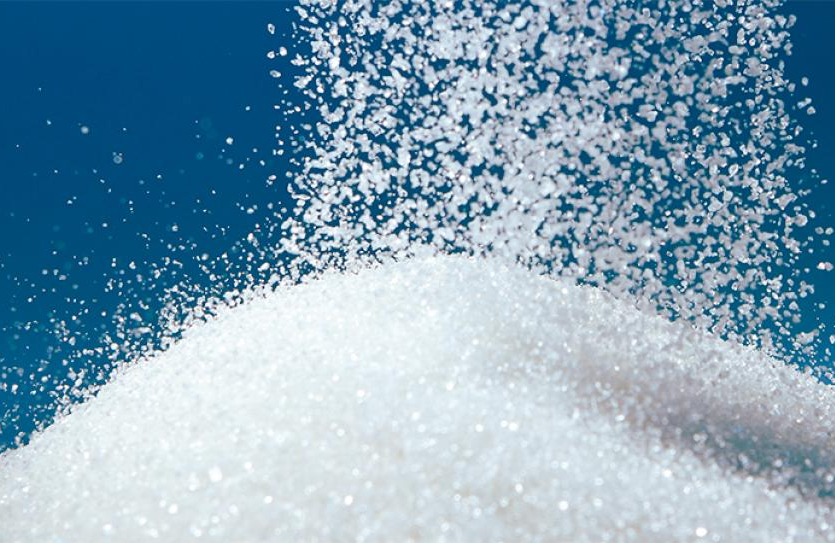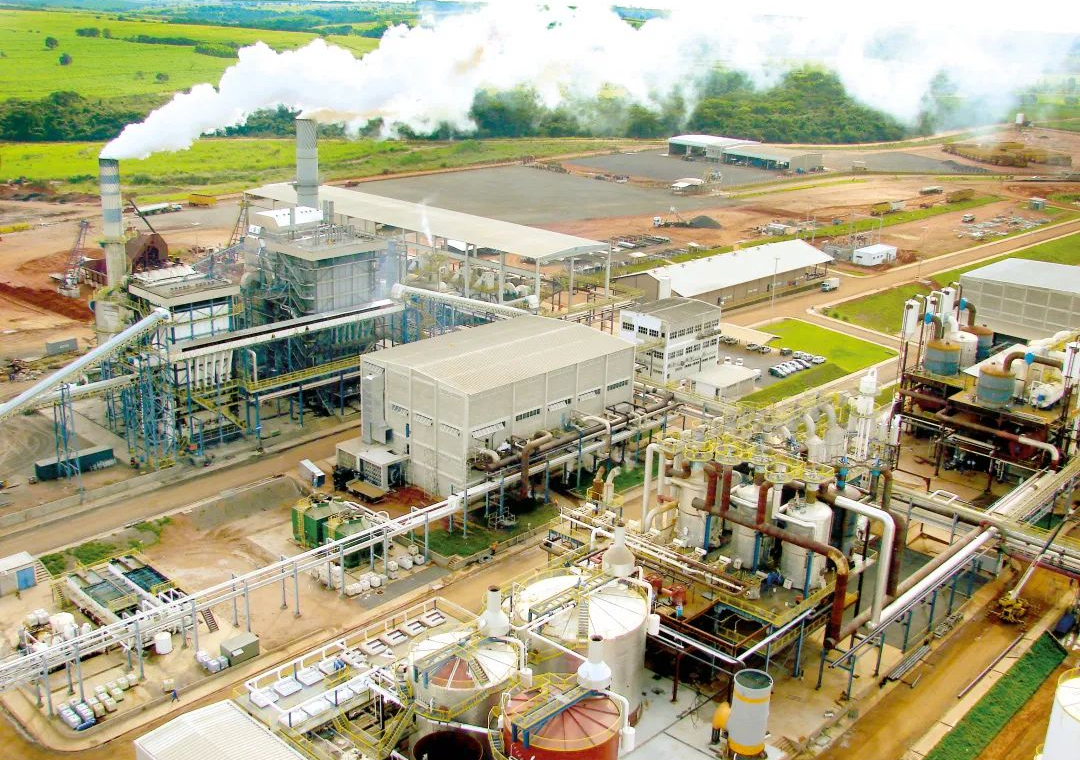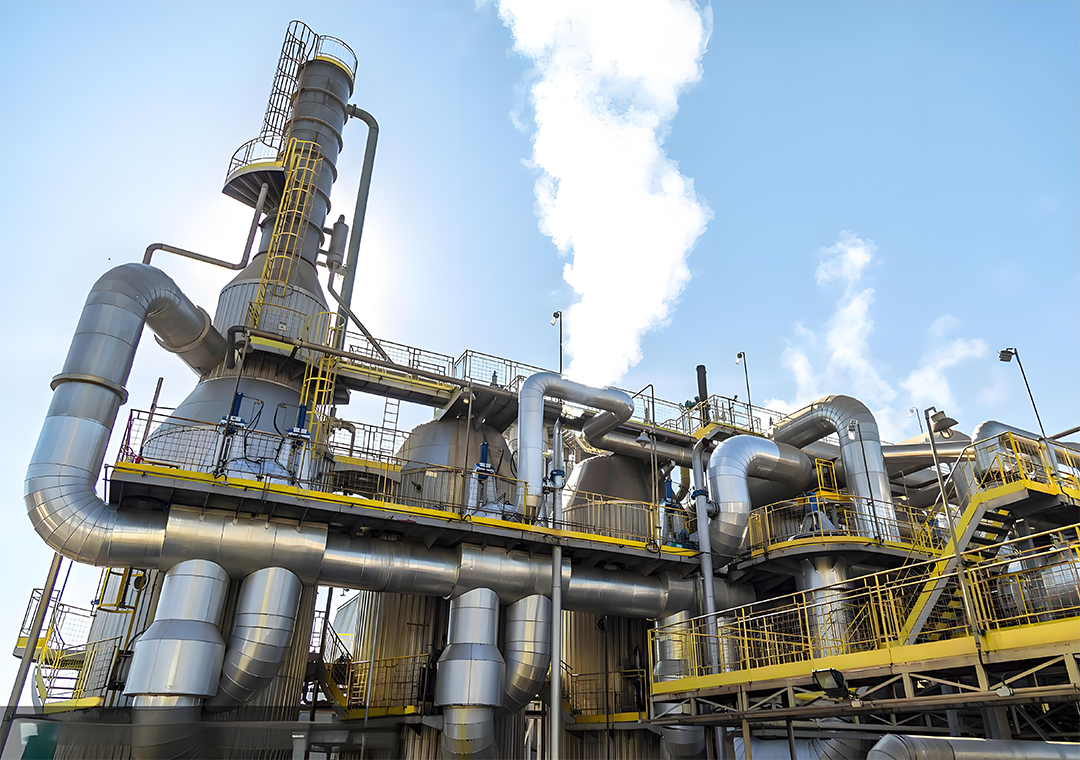KDP Plate Heat Exchangers in Sugar (Beet Sugar) Processing
KDP Plate Heat Exchangers in Sugar (Beet Sugar) Processing
Plate heat exchangers (PHEs) are widely used in beet sugar processing for efficient heat transfer. Their design, including plate and gasket materials, must be optimized based on specific plant conditions (temperature, pressure, corrosion risks, etc.). Below is a detailed breakdown:

Process Flow of KDP PHEs in Beet Sugar Production
The main stages of beet sugar processing include beet washing, slicing, diffusion, purification, evaporation, and crystallization. PHEs are primarily used in the following key processes:
Diffusion Juice Heating
After sugar extraction from beet cossettes using hot water (70-80°C), the diffusion juice requires further heating to facilitate purification.
Steam or hot water heats the juice rapidly to 85-90°C.
Compact design handles high flow rates while preventing localized overheating (which can cause sugar caramelization).
Thin Juice & Syrup Evaporation
PHEs serve as preheaters or inter-effect heaters, utilizing secondary steam for energy efficiency.
Must withstand high temperatures (100-130°C) and viscous syrup; plates with high-angled corrugations improve turbulence.
Condensate Heat Recovery
Recycles waste heat from evaporator condensate to preheat incoming water or thin juice.
Reduces steam consumption by 15-20%.
Cooling Molasses After Crystallization
Uses chilled water or cooling tower water to lower molasses temperature from 50-60°C to below 30°C for storage.
KDP Plate Material Selection: Balancing Corrosion Resistance & Heat Transfer
Sugar processing fluids (juice, acidic cleaning agents, condensate) may contain chlorides, organic acids, and other corrosive elements. Key plate materials include:
Common Materials & Properties
Standard choice for chloride resistance (Cl⁻ < 200 ppm), cost-effective.
High molybdenum content (6%) for high-chloride (Cl⁻ > 500 ppm) or acidic environments (e.g., sulfitation stage).
Rarely used, reserved for highly corrosive waste streams.
Surface Treatments
Reduces micro-cracks on plates, minimizing fouling.
Some manufacturers offer coated plates for aggressive cleaning agents (e.g., NaOH > 5%).
KDP Gasket Selection: Temperature & Chemical Compatibility
Gaskets must seal fluids while resisting thermal cycling . Common materials:
Applications: Resists temperatures ≤150°C and weak acids/alkalis (e.g., lime milk, sulfitated juice), but not oils.
Lifespan: 3-5 years under normal conditions.
Applications: Resists oils/mineral fats but limited to ≤110°C; suitable for low-temperature stages (e.g., molasses cooling).
Special Cases: Withstands strong acids (e.g., HCl cleaners) and high temps (≤180°C), but costly. Used in frequent chemical cleaning stages.
Applications: For highly corrosive media (e.g., concentrated H₂SO₄ cleaning), though less elastic and requiring specialized plate designs.
KDP Case Studies & Design Considerations
Nordic Beet Sugar Plant Example
254 SMO plates + EPDM gaskets for thin juice heating (90°C, Cl⁻ 300 ppm).
No corrosion leaks over 5 years, maintaining >95% heat transfer efficiency.


Anti-Clogging Designs
Used for syrup pre-evaporation to avoid clogging.
Acid/alkali cycles remove scale (e.g., CaSO₄ deposits).
Energy Optimization
Cascaded PHEs maximize heat recovery (e.g., using condensate to preheat diffusion water).
Plate Material Selection: Balancing Corrosion Resistance & Heat Transfer
Inspections
Check gasket compression and plate corrosion every 6 months.
Cleaning
Chemical cleaning (citric acid/EDTA for calcium scale) every 2-3 months.
Spare Parts
Keep 10% spare gaskets and critical plates for emergencies.
By optimizing materials and process design, PHEs significantly enhance energy efficiency and operational stability in beet sugar production while reducing maintenance costs. Final selection should be customized based on water quality reports and plant-specific parameters.

King DuPont, China famous brand of heat transfer and fluid handling supply platform.
Contact

Get Free Quotes
NEED TO CHAT?
We will get back to you within 24 hours of receiving the message.

